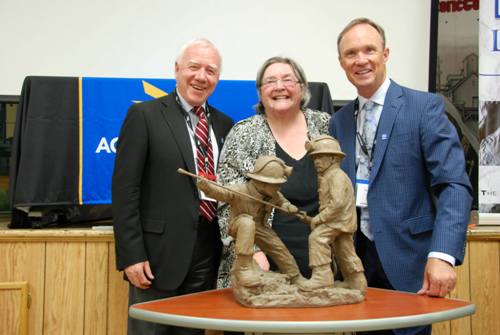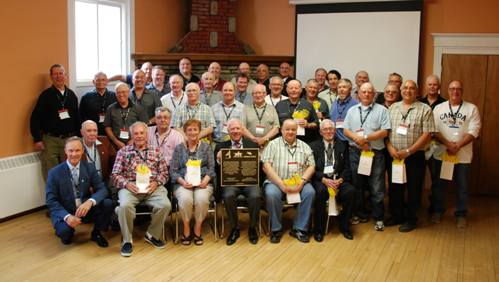The Justice Department has begun an examination of trading in the U.S. Treasury market, following the outlines of its successful cases against Wall Street’s illegal practices in foreign currencies and other businesses, said three people familiar with the inquiry.
The government is also continuing to look into possible collusion in gold and silver markets and in trading around certain oil benchmarks, the people said.
Though the latest inquiry into Treasury trading is in its earliest stages, investigators are said to be probing whether information is being shared improperly by financial institutions. Some of the world’s biggest banks and their subsidiaries pleaded guilty after traders were shown to be using chat rooms, which functioned as cartels, to coordinate positions on foreign-exchange markets. These practices violated federal antitrust laws. Some of the same banks were among those that settled fraud and antitrust investigations into manipulating key interest rates.
After the most recent flurry of guilty pleas — from firms including JPMorgan Chase & Co., Citigroup Inc., Royal Bank of Scotland Group Plc, Barclays Plc, Deutsche Bank AG and UBS Group AG — banks are in no position to be anything other than cooperative with investigators.


























